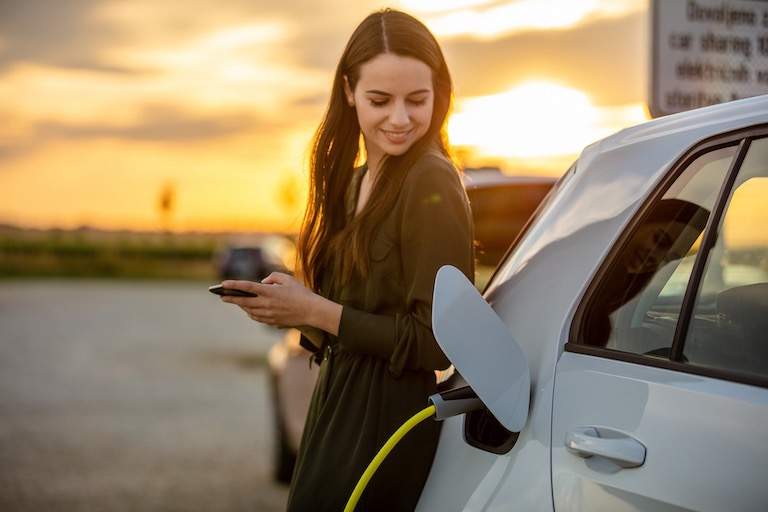
Nissan Navara to electrify
Toyota HiLux isn’t the only electrified dual-cab 4x4 ute coming in the next few yearsA significantly upgraded 2021 Nissan Navara ute will be released in Australia late this year, bringing more safety technology and updated visuals, as seen in this teaser video last month.
But things will really kick up a gear when an all-new Navara arrives sometime after 2024, because the next-generation dual-cab 4x4 ute is all but guaranteed to get a hybrid powertrain.
Whether it’s a petrol-electric or diesel-electric system is yet to be clarified but Nissan is working on more than one solution to electrify its entire product range, including the Navara ute, explained Nissan Australia CEO Stephen Lester.
“The exciting thing about electrification is that at the moment it’s only bound by the imagination in terms of what it can do.
“That’s where in concepts such as utes and pick-ups there is an opportunity there, for sure, that is not limited by the technology or what the powertrain can do or deliver, that doesn’t suit the vehicle.”
The current Nissan Navara is powered by 2.3-litre turbo-diesel four-cylinder engines and the model range tops out at $63,490 for the Navara N-Trek Warrior tough-truck.

The next-generation Nissan Navara is expected to lob around 2025 and will share its platform architecture and potentially most of its exterior design with the next Mitsubishi Triton, but one area in which it may offer a unique selling point is its electrified powertrain.
It remains to be seen how much customers will pay for a high-tech hybrid ute but as Australia’s top-selling vehicle, the Toyota HiLux, will adopt hybrid tech by 2025 (along with the entire Toyota product portfolio), other brands could feel compelled to follow the sales leader.
Nissan Navara N-Trek Warrior review
Nissan is clearly sold on the idea of electrifying the humble ute and it’s likely the next Navara will adopt the brand’s e-POWER driveline, which propels the car solely via electric motors. The petrol engine acts as a generator to recharge the battery system and has no connection with the driving wheels.
The first Nissan e-POWER vehicle expected in Australia is the next X-TRAIL medium SUV, due in early 2022.
Nissan today announced plans to significantly advance and expand its battery supply capability, signing a deal with Japanese battery maker Sunwoda to develop "…next-generation vehicle batteries for Nissan’s e-POWER vehicles".
The Japanese car-maker stated that it is “…confident that Sunwoda’s deep-rooted technological expertise will contribute to Nissan’s e-POWER strategy.”
Although Lester wouldn’t be drawn on details of how the Navara’s electrified powertrain will shape up, he implied there’s plenty going on behind-the-scenes at Nissan’s powertrain R&D centres.
“I would say with all the people we’ve got globally working on these types of challenges, solutions are within everybody’s midst,” he said.
Yesterday’s climate action plan announced by the Minerals Council of Australia (MCA), the industry association that represents mining companies, will see the mining industry become an early adopter of hybrid and EV utes, just as it drove five-star safety in utes by mandating a top crash rating for its fleet vehicles.
The mining sector’s "collective commitment to the Paris Agreement and its goal of net zero emissions globally and in Australia," will push electrified utes to the top of the shopping list for the fleet buyers.
“The future of mining includes electric vehicles,” reads the MCA’s climate action plan.
“Mining companies are increasingly making the switch to electric vehicles – from light passenger utilities to employee buses and even large haul trucks.”

This will be music to the ears of brands like Toyota and Nissan, who plan to electrify their commercial utes.
Nissan Australia’s CEO also suggested that an all-electric, 100 per cent battery-powered drivetrain for the Nissan Navara ute is not out of the question, reflecting what is occurring in the USA with heavily hyped full-size electric pick-ups such as the Tesla Cybertruck, Nikola Badger, Rivian R1T and Ford F-150.
“In fact, EVs with instant torque and the ability to put so much power down – and the layout of a pick-up truck – could potentially be a very logical EV layout and set-up. At the moment that’s always constrained against one’s understanding of what the current range and towing or hauling capacity is.
“When you park that part of it, you start to realise that from an equation standpoint, all the other pieces line up and it’ll take time to ultimately get that fit for purpose to marry up in the real world,” he said.
However, the idea of a fully electric Nissan Navara or even the US-market Nissan Titan is a lot further away than an e-POWER hybrid solution, according to Nic Thomas, Nissan’s global electric vehicle director.
In mid-2019 Thomas explained that Nissan would limit its EV technology to passenger vehicles for the foreseeable future but that by mid-decade “…the battery technology [for e-POWER] will be cheap enough and the motors will be bigger and more powerful and those sorts of things [commercial vehicles].”
Nissan is planning to have 30 per cent of its entire range electrified by 2022 and the latter half of the decade will see that percentage increase.
“We’ve never seen so much change within the auto industry,” said Lester.
“I’m really looking forward to it. It doesn’t have to mean what we had before was bad, but it foreshadows an exciting future of individual mobility.”


Please see our Editorial Guidelines & Code of Ethics (including for more information about sponsored content and paid events). The information published on this website is of a general nature only and doesn’t consider your particular circumstances or needs.
























